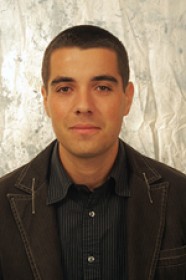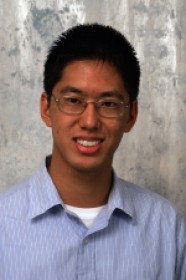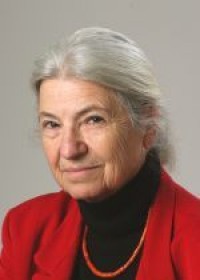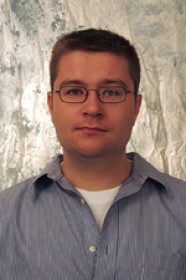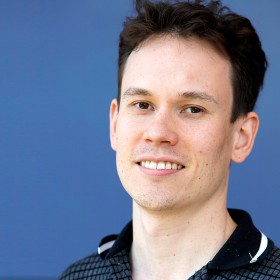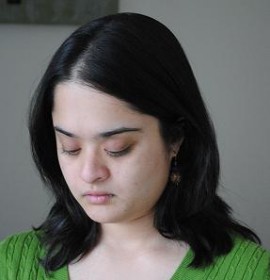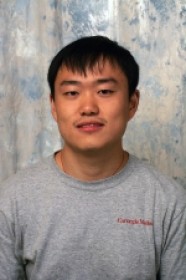Shape for Contact
Event Location: NSH 1507Abstract: End effectors play a privileged role in the manipulation chain. They contact the world. That role gives them an advantageous position to convey function and contribute to a solution to the manipulation problem. This thesis proposal explores the problem of designing the shape of a rigid end effector to perform a [...]
Looking Beyond Shape for Instance Recognition of Weakly-Textured Objects
Event Location: NSH 3305Abstract: Object instance detection is a fundamental problem in Computer Vision and has been extensively studied in the past. From a single image, the goal is to detect a specific object from an arbitrary viewpoint in a cluttered environment. While the use of discriminative point-based features such as SIFT works well for [...]
Active Perception and What Comes After
Event Location: NSH 1305Bio: Dr. Ruzena Bajcsy (“buy chee”) was appointed Director of CITRIS and professor of EECS department at the University of California, Berkeley on November 1, 2001. Prior to coming to Berkeley, she was Assistant Director of the Computer Information Science and Engineering Directorate (CISE) between December 1, 1998 and September 1, 2001. [...]
A Fixation-based Segmentation Framework to Extract Simple Objects from a Scene
Event Location: NSH 1305Bio: Ajay Mishra is currently working as a Research Scientist at Intelligent Automation Inc, Rockville, Maryland. Prior to this, he was a post-doc/Visiting Researcher working with Prof. Yiannis Aloimonos at the Institute for Advanced Computer Studies, University of Maryland, College Park since 2007. He obtained his PhD (2011) and B.Tech (2003) degrees, [...]
Simulating global motion detection in Macaque visual cortex and it’s application to optical flow
Event Location: GHC2109Bio: Michael Furlong is a Ph.D candidate in the Field Robotics Center working on science autonomy.Abstract: Pattern cells in area V5/MT represent an intriguing step in the visual hierarchy, whereby neurons become sensitive to global motion, rather than simply to the motion of constituent components, cells in the primary visual cortex (V1). A [...]
RatSLAM: Using Models of Rodent Hippocampus for Robot Navigation
Event Location: GHC2109Bio: I hold a PhD in Electrical Engineering and a Bachelor of Engineering from the University of Queensland, awarded in 2006 and 2002 respectively. I recently joined the Queensland University of Technology as Lecturer, having previously worked as a Postdoctoral Research Fellow at QUT and before that for three years as a Research [...]
Advancing Computer Vision by Leveraging Humans
Event Location: NSH 1305Abstract: Historically, humans have played a limited role in advancing the challenging problem of computer vision: either by designing algorithms in their capacity as researchers or by acting as ground-truth generating minions. This seems rather counter-productive since we often aim to replicate human performance (e.g. in semantic image understanding) and are faced [...]
Modeling and Estimating Non-rigid Image Deformation
Event Location: NSH 1305Abstract: Non-rigid deformations of surfaces and volumes result in complex distortions in images. Modeling deformation can help better understand such real-world phenomena and extract useful information about the scenes. This is closely related to many core vision tasks, such as image alignment, matching, tracking, detection and recognition. Modeling deformation remains challenging because [...]
Talk 1: Factorized Graph Matching Talk 2: Generalized Time Warping for Multi-modal Alignment of Human Motion
Event Location: NSH 1305Abstract: Talk #1 Graph matching plays a central role in solving correspondence problems in computer vision. Graph matching problems that incorporate pair-wise constraints can be cast as a quadratic assignment problem (QAP). Unfortunately, QAP is NP-hard and many algorithms have been proposed to solve different relaxations. This paper presents factorized graph matching [...]
